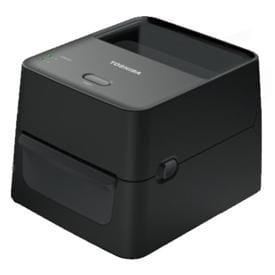
^^ is Qual with "record measured value" not set. X^ is Quant with "record measured values" not set. XX is Quant with "record measured values" set. In below examples I use ^ to represent a null value. If you are seeing this document on a site other than via SAP.COM please report the pirated use of this material to SAP or the author. Written permission for use must be obtained from the original author or SAP. ** updated from information from Marc Werner.

Thanks Martin for the suggestion to help fill in some of the fields. – Using the TQ27 to figure out the ones I had missing was suggested by Martin Hinderer. I was not able to directly verify these fields by setting up MIC’s to reflect these values and then verify directly in the table QPMK. * Inferred from Table TQ27 and related F1 help. X or Null – Characteristic of a the process X or Null – Can be used as a Parameter characteristic Null is print, X – Do no print, * is do not print at skip X or Null – For control stations – Not QM relevant X or Null – Allows recording of # of defects in addition to # of nonconforming units X or Null – Ctrl indicators can not be changed Null is no formula, X is calculated chara, 1 is input processing X is required, Null is optional, + is after acceptance, – is after rejection + is individual, null is summarized, – is no recording, * is classed recording = is Fixed, > is Larger, < is smaller, Null is No Scope** Thanks! I hope you find this information valuable. Was it in a report? Data extraction? etc. It would also be nice for folks to leave comments on how they used this info.
#Qm courier update#
I will be sure to update the chart and credit the person making the contribution. Please… if you can add more information about any of the character positions or how they are utilized, or if you think I’ve gotten any of these wrong, PLEASE, let me know with a comment or message. Below is my list of the positions, their meaning, and notes on any special characters or usage that I am aware of. Some of the character positions I believe are not used and could be utilized for future releases. Over the years, I have decoded MOST of the positional characters, but not all of them.
#Qm courier plus#
Plus it helps to keep consultants in business.) SAP could have just assigned 30 more single character fields to the table, given really nice help files on each field, and saved us a lot trouble from having to break this field apart and determine all the values for ourselves when ever we need to write a program. In a few cases, other characters might be used to indicated specific choices. In most cases, the indicator is either selected (X) or not (null). If you look at the field QPMK_STEUERKZ in any table view transaction you’ll see something like the screen shot below.Įach character of the field has meaning for a specific control indicator.
#Qm courier how to#
Knowing how to use this field can be especially valuable during spec writing, programming, data gathering, troubleshooting, verification of data loading, report writing, data analysis, and exporting to Excel or other external application, etc… But I didn’t really find a good, complete document. I searched before writing this document and found several threads that explained parts of it and a few that had a list of the indicators, (actually, mostly old threads in various forums where I had responded!). Unfortunately, I have never seen an SAP help file or document that provides the means to decode this field and all the values for each character position. It is often very valuable to understand how to use this field to find out certain things about the MIC’s in the system.

SAP uses this field to store all the control indicators related to a master inspection characteristic, (MIC). However, this field is very important to QM and the master inspection characteristics. This is a 30 character text field and when you display it, it looks like a jumble of X’s and miscellaneous characters. One of the keys for understanding the values is knowing how to read the field QPMK-STEUERKZ. A question was recently asked about how to read the various values from the QPMK (Master inspection characteristics), table.


 0 kommentar(er)
0 kommentar(er)
